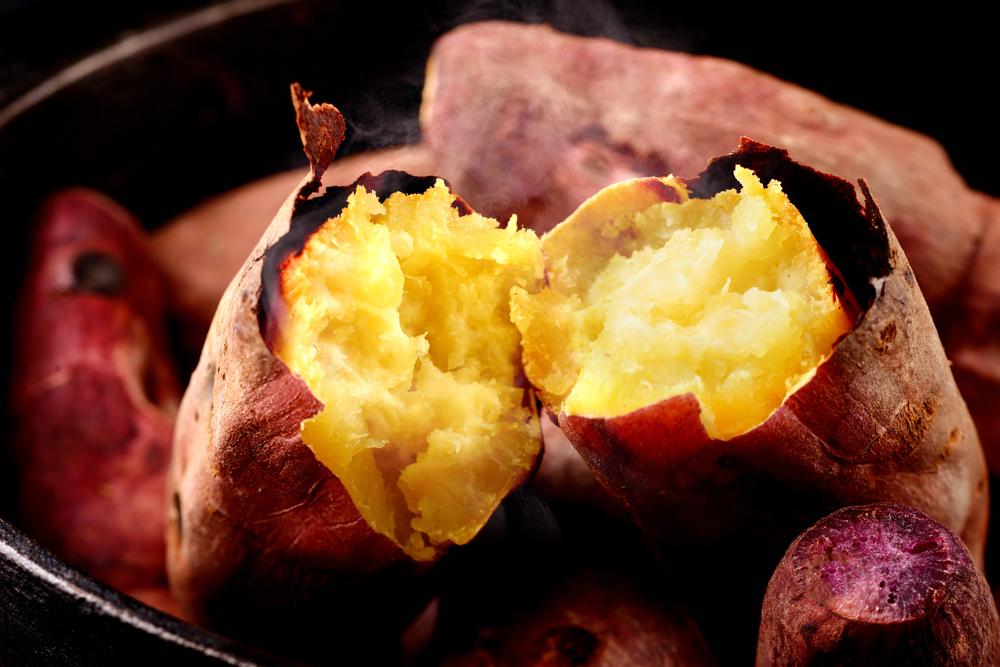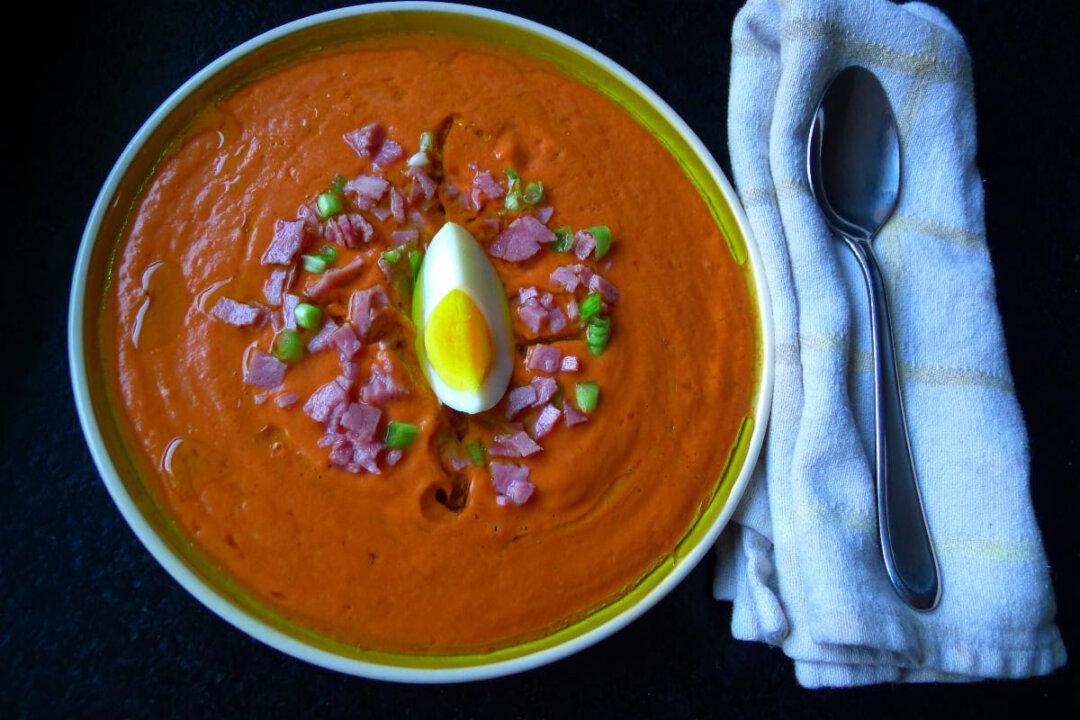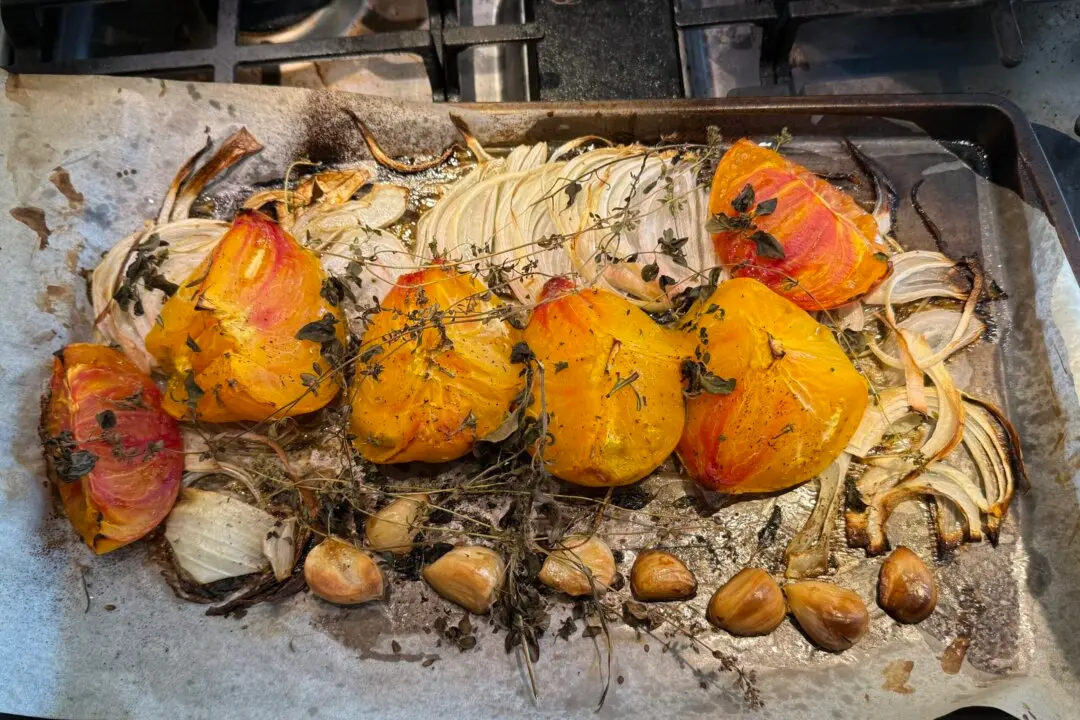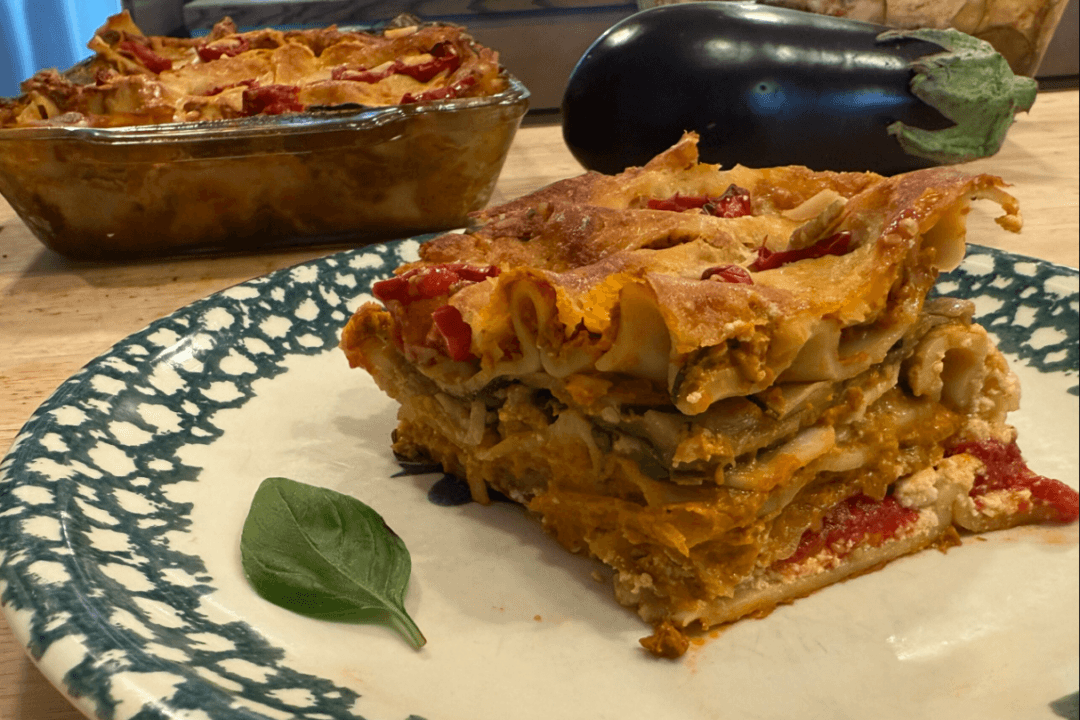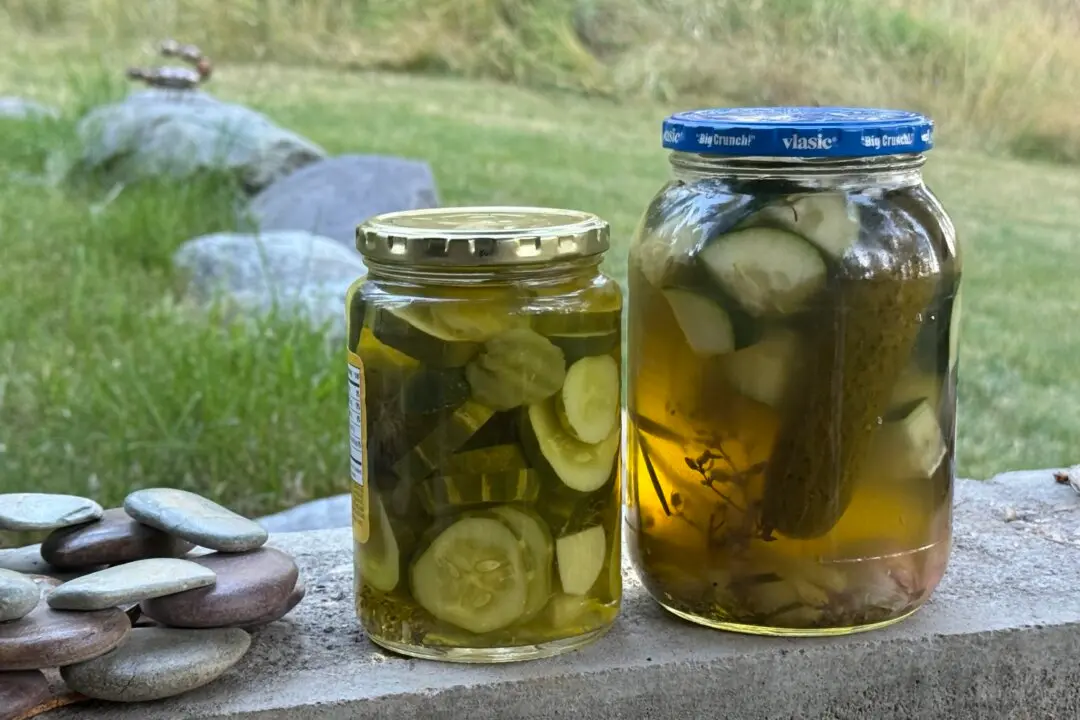In Okinawa, Japan, the Tokko Shrine honors a sailor named Maeda Riemon for bringing sweet potatoes to Japan in 1705. He had encountered this plant—which isn’t actually a potato—in the Ryukyu Islands of the South China Sea, where locals called it “Chinese potato.” Riemon was so impressed by the flavor that he brought tubers home for his garden. Before long, Riemon’s neighbors began growing sweet potatoes, and they spread vigorously throughout Japan. They produce huge yields, and the crop is easy to stockpile and store. In those days, crop failures and famines were common, and the Satsuma-imo, as it was called, fed millions of people through harsh times, including World War II, saving many thousands from starvation.
“Satsuma-imo” means baked Satsuma potato. Its name includes cooking instructions because baked is the best way to prepare it. The flesh becomes soft, fluffy, and moist, with a vanilla-esque aroma and honey-like sweetness. While the inside tastes like crème brûlée, the chewy skin is mild and fun to eat as well. Hot or at room temperature, baked Satsuma is complete and doesn’t require a single condiment, side dish, or even dessert. And if you’re going to make dessert, add some baked Satsuma. It’s like sweet mayonnaise.

